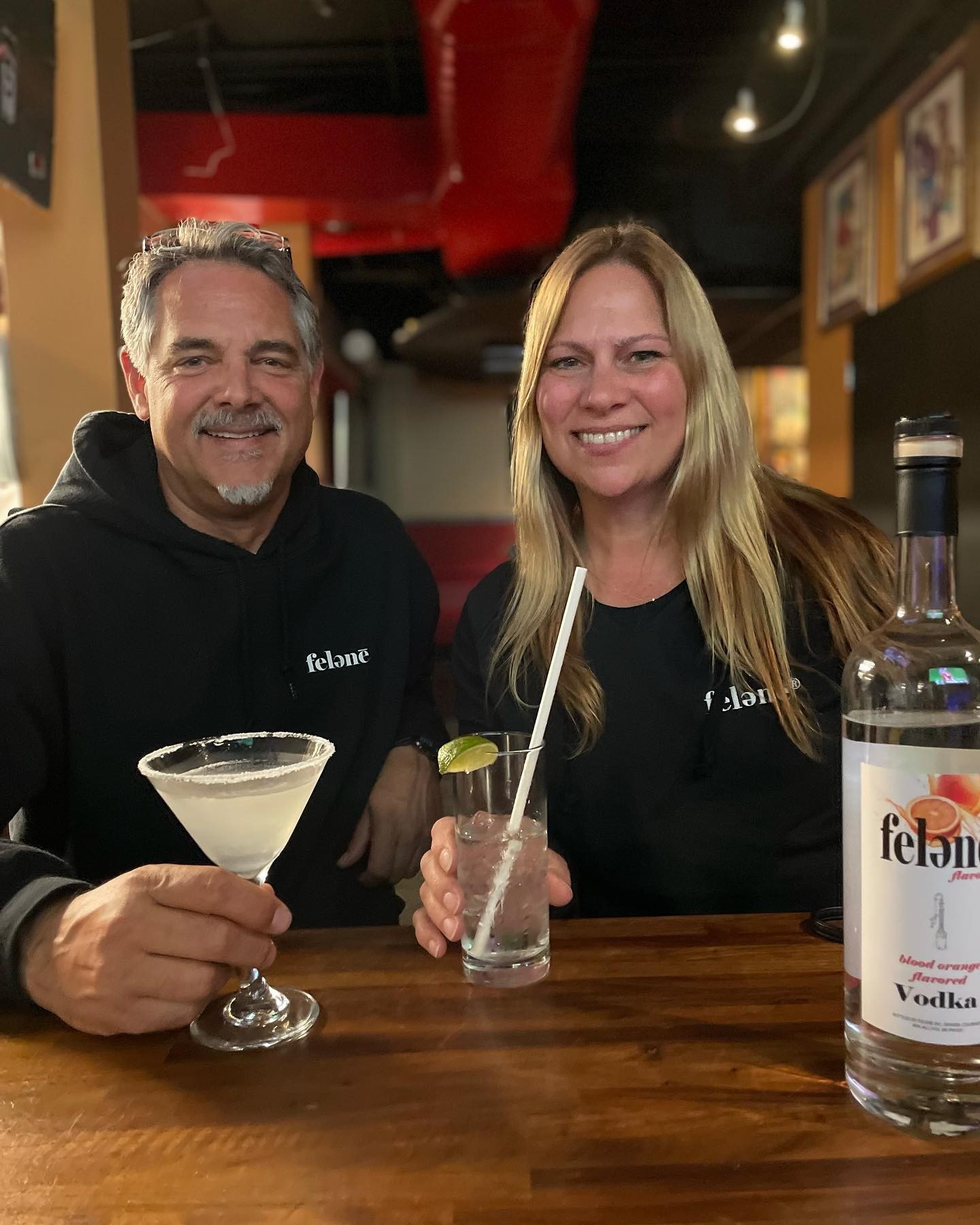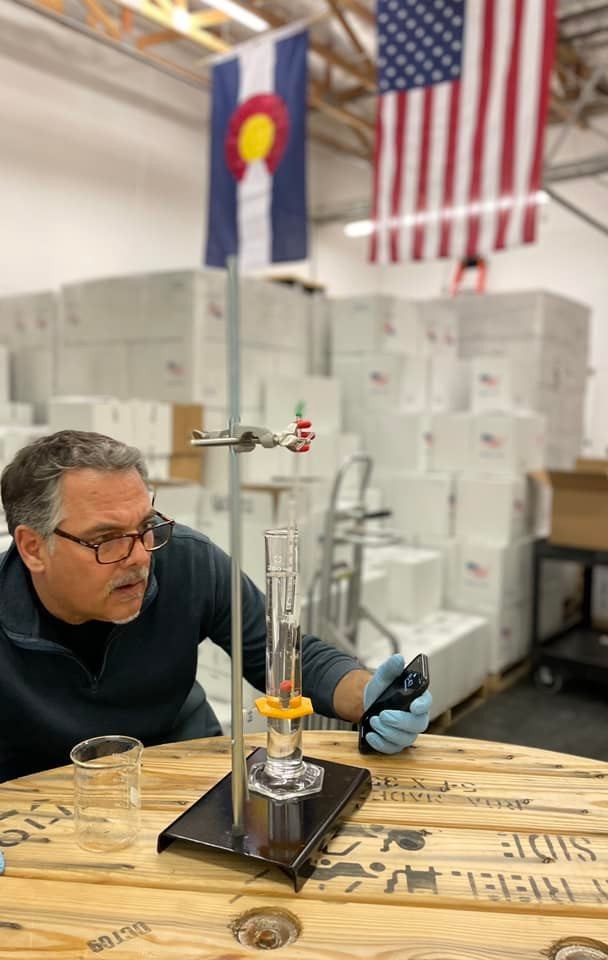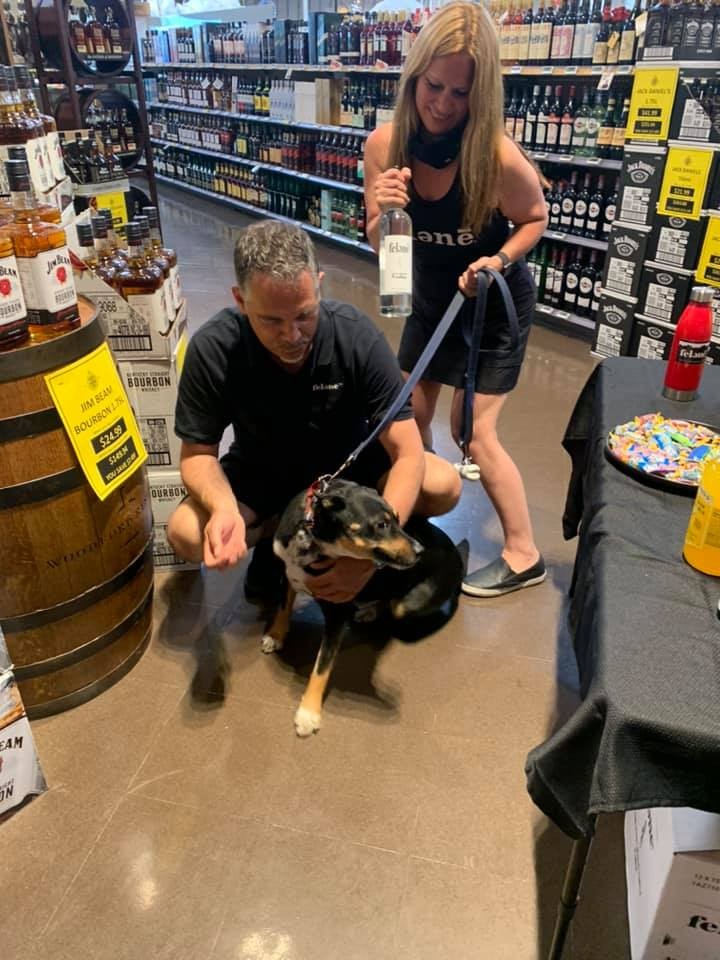We’re excited to introduce you to the always interesting and insightful Tim Kelly. We hope you’ll enjoy our conversation with Tim below.
Alright, Tim thanks for taking the time to share your stories and insights with us today. We’d love to have you retell us the story behind how you came up with the idea for your business, I think our audience would really enjoy hearing the backstory.
Growing-up my family owned and operated restaurants and liquor stores. You might say that hospitality and the spirits business is in my blood. Running a retail business or a restaurant takes a very special kind patience, energy and mindset. Ask any restaurant owner about what it takes to run a successful business and you might hear things like “controlled explosion” or “creativity meets chaos.” Running a successful restaurant is certainly one of the most challenging things to do in business.
However, being in the restaurant business is arguably one of the most rewarding and humbling experiences; it was also one of the biggest and best learning experiences of my life. Growing up working at the family Wine & Spirits stores was quite the departure from the restaurant business, but it was a major life event that set the stage for starting the Felene Distillery.
Back in 2016 I left the financial services business where I had worked most of my adult life. I developed a fascination with the art and science of fermenting and distilling and became determined to find my niche in this field. Of all places, I became obsessed with the idea of making vodka that broke with the longstanding norms of how vodka was made and perceived by consumers.
By law, vodka had been defined as a neutral spirit that was “odorless, colorless, tasteless and without distinctive character.” And for the most part (excluding flavored vodka) that was true. That’s not exactly a noble distinction by any standard. Despite being the largest selling and most popular spirit in the United States, more than tequila, gin and rum combined, vodka had not been held in high regard from a taste profile perspective.
I wanted to change that. With that goal in mind, I set out on a cross-country road trip to explore the art of vodka-making. Over a two-month period I visited dozens of distilleries between New York and Texas. What I found was that 95% of distillers were making their vodka from potatoes, corn or wheat. Looking at the most popular brands in the world, they were made from either wheat or corn. Yet, there were few distilleries that were innovating with other, non-traditional base products.
At its most basic level, the science of fermenting is that to create alcohol we need a robust sugar source that we could add yeast to that, in-turn creates alcohol. Going a bit further, I learned that potatoes, corn and wheat did not have enough fermentable sugar on their own and needed to be modified to convert their inherent starches into fermentable sugars. This is accomplished by adding enzymes to the corn, potato or wheat mash. However, the conversion process also creates a lot of undesirable by-products that, as it turns out, gives vodka its harsh taste and smell.
Being the newcomer to the business, naturally I asked almost every distiller I met the newcomer question…”why use potato, corn or wheat? why not use sugar?” The answer I got was almost always the same…”that’s the way it’s always been done.” At that point I knew I had an opportunity to create something innovative and improve on a multi-billion dollar industry. But, I still could not grasp the concept that I was the only one who had thought of this.
Immediately, I began to experiment with using sugarcane juice to produce vodka. While sugarcane molasses is used to make rum, its use in producing vodka was not mainstream. So in the summer of 2016, I started making test batches of vodka using organic sugarcane juice. On my first run I produced about three gallons of high-proof vodka using a reflux column still. I meticulously tested the output, gauged the alcohol levels and reviewed my processes over and over. However, when it came time to put liquid to lips I was convinced that I had done something terribly wrong. It did not taste like vodka and despite my hydrometer registering 80 proof (40% alcohol), I simply could not taste the alcohol.
Convinced I had made an error, I discarded the first batch and started over. To my dismay, the second batch yielded the same result. At this point I felt like I was in over my head and began to think that maybe there was a good reason nobody was making vodka from sugarcane juice. Despite the prior two failures, I decided to give it a third try.
Was the third time the charm? This time I mounted a dry-erase board, posted all my fermentation notes and distilling processes on the board. I’m no Einstein, but I thought seeing it visually might be helpful. So after hours of checking my processes and two months into working on the formulas, the third batch was ready to taste. I poured a glass of the liquid, it was crystal clear. I brought the glass up to my nose to test the aroma and that’s when I got a sinking feeling. I could not smell anything, except for a slight sweet top-note coming from the liquid and that was not a good sign. Once again, the liquid had very little sensation of alcohol.
By this point, I had invested months of time and thousands of dollars in my obsession and was beginning to think that this was just a very expensive experiment. I was not going to give-up, but my vision of revolutionizing the vodka industry was turning into a bit of a nightmare. But on advice from a friend, I decided to bring my samples to the local university’s organic chemistry lab and asked a group of grad students if they would help me understand what I actually made.
What I was told shocked me. Not only did they tell me that my sample was 40% ethyl alcohol (VODKA!), it was free from many of the congeners (impurities and byproducts) typically associated with vodka. I don’t recall the exact words, but I remember one of the students asking something to the effect of, “dude, how did you do this?”
I think that is the textbook definition of a “eureka moment.” I have not looked back ever since that day.


Tim, before we move on to more of these sorts of questions, can you take some time to bring our readers up to speed on you and what you do?
In 2018, after two years of development in my shop with a small still, I decided that I would bring my vodka to the commercial market. I had been making my sugarcane vodka privately for two years and sharing it with friends and family. The feedback was amazing and everyone who tried it encouraged me to go into business. It was then a friend and attorney said to me, “Tim, this is great, but your vodka is a felony.” Puzzled, I asked him what he meant and he responded by informing me that while individuals were free to make small amounts of beer and wine at home, distilling spirits without a permit could constitute a felony.
I immediately Googled the word “felony” and upon seeing the phonetic spelling, “felənē”, I knew I had found the name of my vodka. The second thing I Googled was “how to obtain a distilling permit.”
By the end of 2019, I had the felənē name registered as a trademark, I had my distilling licenses in place, I had my formula and processes solid and decided that I would release the vodka using organic sugarcane. I was in New York at the time, but we wanted to be thoughtful about finding a location that had immediate associations with the organic lifestyle and was know for its pure water source. We quickly concluded that Colorado was going to be the ideal home of our distillery.
How’d you meet your business partner?
After beginning production in late 2019, I realized quickly that I needed to do more than make a great product to be successful. I need to get the word out that felənē vodka was different, smooth, organic…and actually tasted good. I knew that social media was going to be a critical part of telling that story.
Scanning my friends and followers on Facebook and Instagram, one person consistently stood-out. It was an acquaintance of mine from my hometown, Kim Laderer who had been promoting her real estate business online. I was intrigued by her approach in using social media. She had a way of presenting human interest themes and subjects like: where to shop for everyday items, the best place to take kids for picking pumpkins, new and unique restaurants and things we want to know about in our neighborhood. She never really promoted herself directly as a real estate agent, but established herself as a great source of very helpful information. She was highly successful in her real estate business as a result.
I contacted Kim about handling my social media and while she had several of her own businesses at the time, she agreed to help me with our social media presence. Immediately, Kim had brought felənē vodka to life on social media. Shortly thereafter, she took on a role as regional sales manager for the distillery in New York and quickly built the brand by gaining over 50 retailers. All of this during the early stages of the pandemic shutdown.
By July 2020, Kim became an investor in the company and was named company president in January of 2021.



Any stories or insights that might help us understand how you’ve built such a strong reputation?
The vodka market is the largest-selling spirit in the United States with over 75 million (9-liter cases) being sold in 2021; constituting over $6.6 Billion in revenue. It is estimated that almost 1 in 3 sales of spirits is vodka. As a result, there are hundreds of companies competing to sell their brand of vodka in the U.S.
Kim and I realized that we had to focus on our partnerships with our retailers. With all the vodka brands available, we very quickly learned that social media would not be enough to carry our brand to success. In addition, we were funding this company with our own capital and a small group of private investors. We certainly could not outspend many of the top competitors in the market who had multi-million dollars marketing budgets, hired celebrities to endorse their products and sponsor major entertainment events.
We would have to build our brand organically and incrementally. This was a daunting challenge. It seems like a new vodka comes-out every week with an A-Level celebrity endorsement. But we were not deterred. We agreed on a plan that would be based on measured growth that included robust support for all of our retailers.
Liquor store owners face a big challenge in bringing-on new products. They can only carry so many vodkas on their shelf and need to ensure that they sell the ones they buy. Despite the popularity of vodka, most new brands simply never achieve market acceptance and retailers are stuck with products that can sit on shelves for months or even years without selling.
When selling our vodka to retailers, they told a strikingly similar story that distillers or their distributors would promise to help promote their products at the liquor store level but never followed-through. We knew we had to be different, and that would mean we would need to stand firmly behind our retailers.
While that was straight-forward enough, it would not be that simple. We needed qualified people to go to the liquor stores and talk to consumers about why felənē was a different kind of vodka. The problem was that we launched just two weeks before the pandemic shutdown. It was a very difficult time for everyone and perhaps the worst time in history to launch a new product.
At first, most liquor stores suspended their on-site tastings and vendor marketing, so we were limited on many fronts. But as the lockdown ended and we were given access to doing marketing in the stores, Kim and I began doing tastings at the liquor stores. In 2021 Kim and I personally conducted over 350 tastings and on-site events. We are on pace to match that in 2022. As a result, we became the fastest-growing local vodka in Colorado by the second quarter of 2022.
By committing to our retailers, we gained a reputation of standing behind our product and supporting the retailers. Over 80% of our retail store clients have made more than 8 purchases from us directly.
In addition, during the hyper-inflationary period post-pandemic, we held our pricing steady despite seeing close to 100% cost increases in our raw materials. Our retail clients know that they have a partner that is very focused on their business and understands their challenges.
Contact Info:
- Website: www.felenevodka.com
- Instagram: https://www.instagram.com/felenevodka/
- Facebook: https://www.facebook.com/felenevodka/


